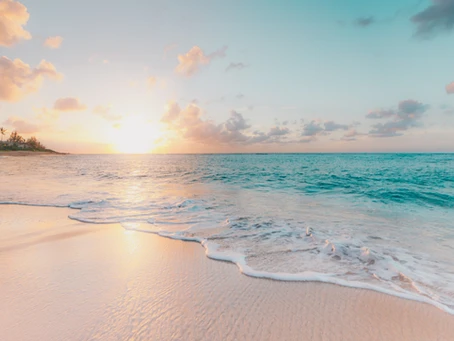
With proximity to saline water, the soil and water around the building foundation will have high chloride content, concentration decreasing with distance. The issue may also be caused by using coastal soil as a landfilling material. The subsequent capillary rise of water presents a pathway for corrosive chloride ions to move inside the concrete cover at rapid pace. On reaching the steel rebars, the Chlorides quickly attack the protective ferrous oxide coating, creating an electrochemical anode, that rapidly oxides to expansive, weak ferric oxide we commonly know as rust. The continually increasing volume of rust, internally pressurized the covering concrete to develop cracks that further widen with time, creating a direct pathway for further Chloride ingress.
The issue is of another dimension on buildings directly exposed to the sea winds, in form of air borne chlorides. Chloride induced corrosion is a common issue in Coastal regions such as Kerala , and cities such as Trivandrum and Ernakulam. Let the technicalities not stop you from your dream of living close to the oceans. Reach out to StruFoCon Engineers for making your coastal buildings corrosion free. Consult us, and corrosion will be the last thing to worry on your beachside repose.

